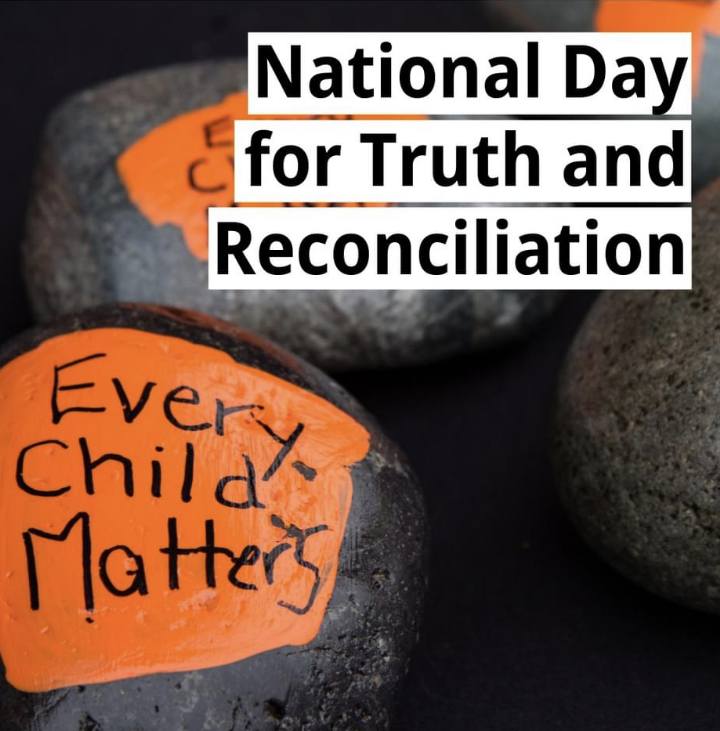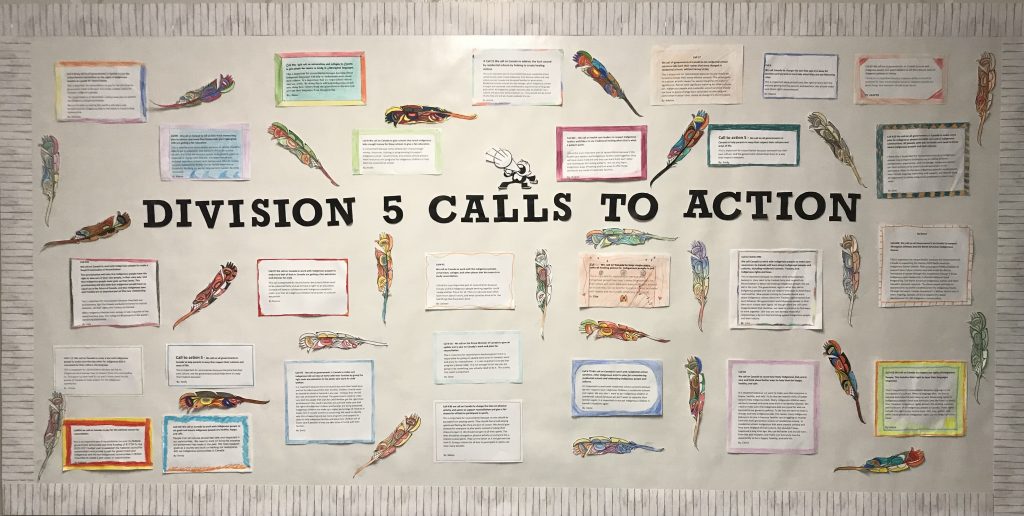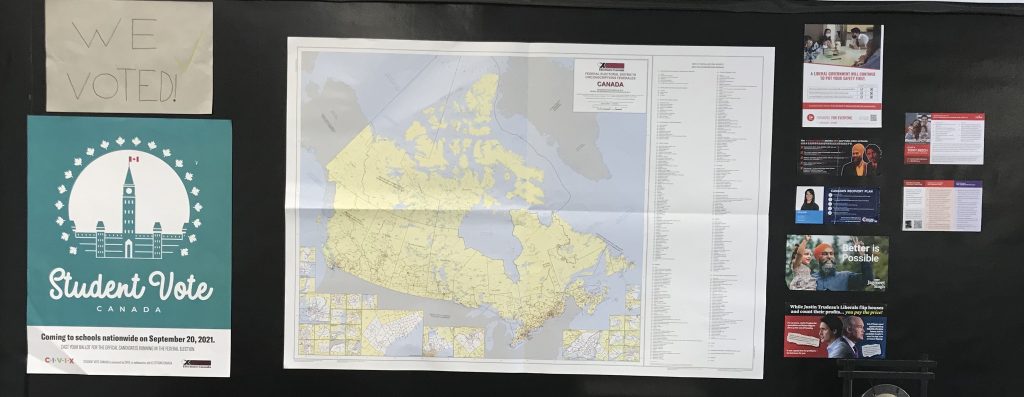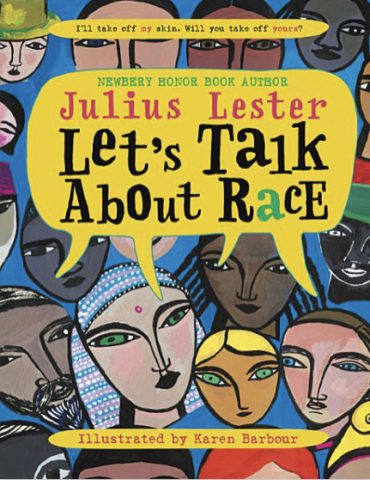

This week in class we’ve been learning about the harmful effects of residential schools and past government policy. We’ve discussed the meaning of reconciliation and have learned that reconciliation “is the reestablishment of broken relations, or forging of positive accord where there has been discord.” We’ve all learned what it means to be an ally and have identified ways we can resolve differences and build a path forward. In doing so we explored the Truth and Reconciliation Commission of Canada’s 94 Calls to Action. Afterwards we identified calls to action that resonated with us and discussed why they are an important part of the reconciliation process. As Justice Murray Sinclair of the Truth and Reconciliation Commission said, “education brought us here, education will help us get away from this.” By educating ourselves on Canada’s past wrongdoings we can ensure we do not repeat these same mistakes in the future and work toward building mutually respectful relationships with our indigenous communities in Canada.


